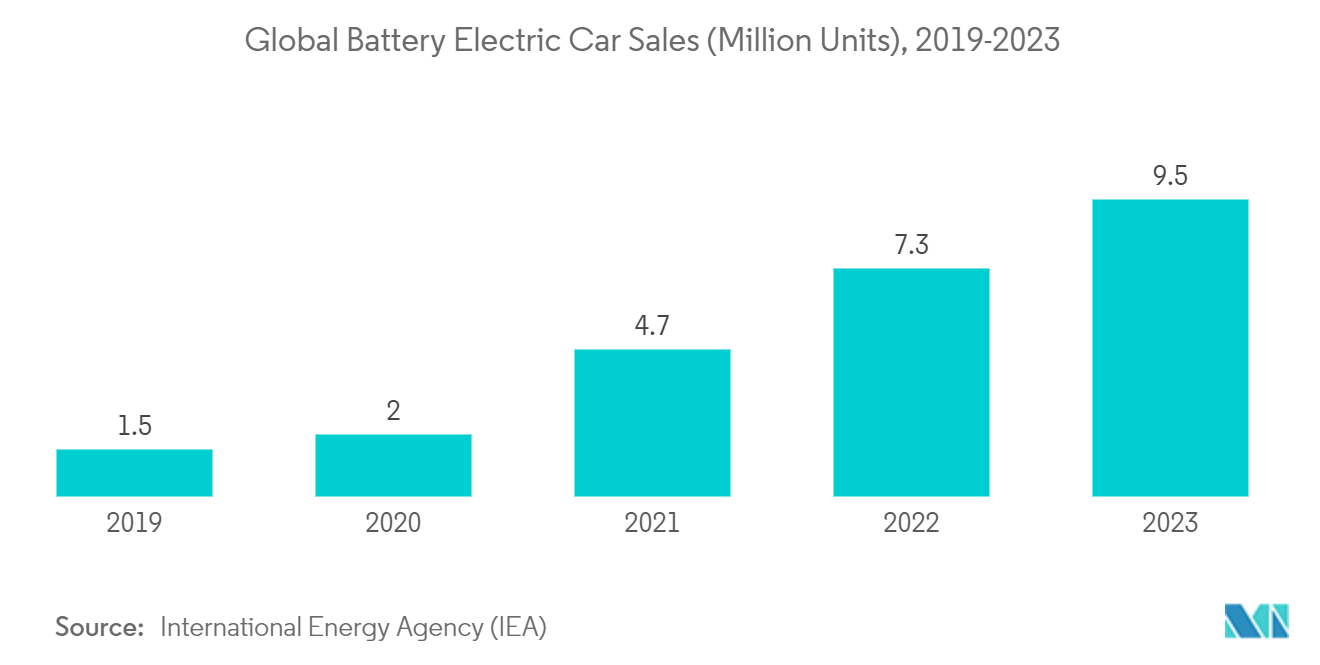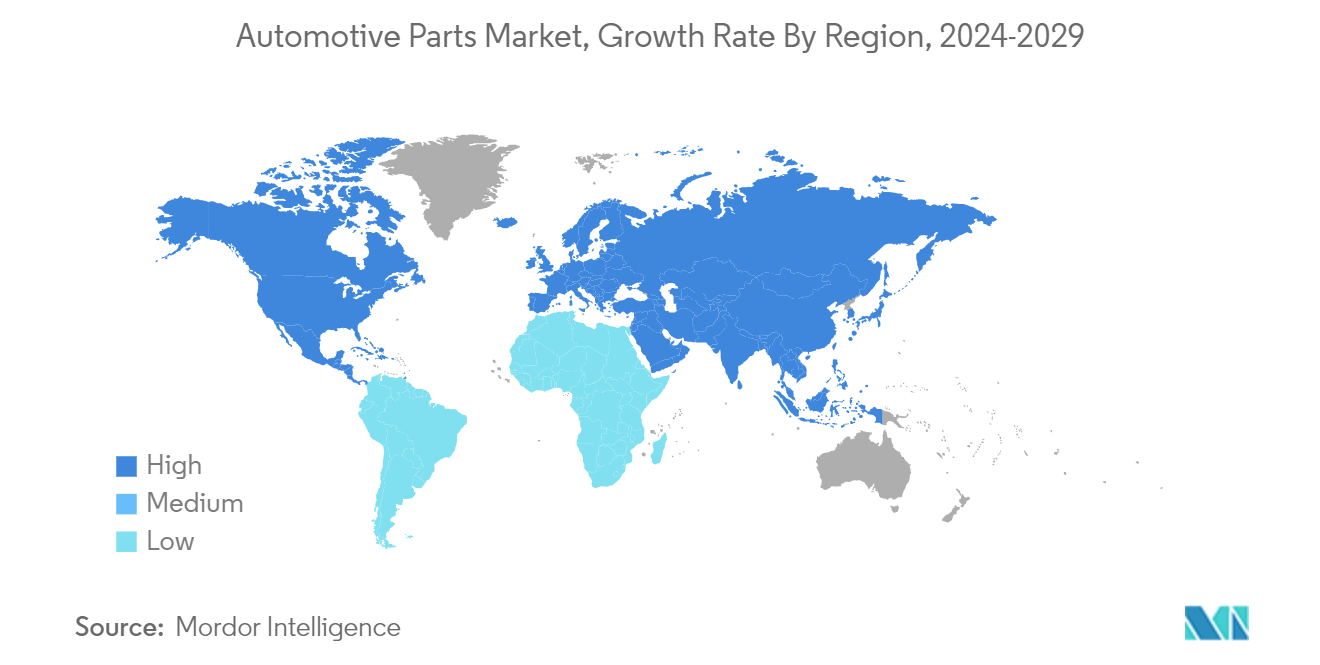Market Trends of Automotive Parts Industry
Battery Electric Vehicles are Witnessing Major Growth
The government is making a strong effort to promote the use of electric vehicles, while consumers are increasingly interested in fuel-efficient technology that can help reduce the overall cost of owning a vehicle. These factors are expected to contribute significantly to the growing popularity of electric vehicles in the coming years.
Many governments around the world are promoting the use of electric vehicles as a way to reduce carbon emissions and combat climate change. Some countries have set ambitious goals for entirely phasing out petrol and diesel vehicles. For instance,
- China, India, France, and the United Kingdom have announced plans to eliminate these vehicles from their roads by 2040. This shift toward electric transportation reflects an increasing awareness of the urgent need to transition to more sustainable and environmentally friendly forms of mobility.
With the advancement in hybrid electric technology, various companies operating in the ecosystem are actively engaging in partnerships and launching new models to cater to the increasing demand, which, in turn, is positively impacting the demand for automatic transmission systems.
- In November 2023, KG Mobility, an automaker based out of South Korea, signed strategic agreements with the BYD Group to set up a battery pack factory in Korea and develop next-generation hybrid systems as part of the former's reorganization toward eco-friendly vehicles. The companies had already embarked on joint development of the next-generation hybrid system with plans to expand its lineup, starting with a Torres-based hybrid model in 2025.
Regulatory bodies have laid stringent regulations about reducing fuel emissions and increasing road safety. Furthermore, Consumer inclination toward carbon emission and energy-sustainable transportation will provide potential opportunities for battery-electric vehicle penetration over the forecast period.
With the above-mentioned development across the region, the demand for automotive parts is likely to grow in the coming years.

Asia-Pacific Holds Major Market Share
The Asia-Pacific region remains the leading market for vehicle manufacturing. This is due to high-cost reductions offered by manufacturers in the region, thanks to the availability of low-cost labor and raw materials. Additionally, the region includes China and India, which together account for about 50% of the total vehicle production.
The sales of luxury and premium vehicles are increasing due to the rising popularity of active braking systems. Market growth is expected to be driven by commercial and government investments, as well as FDI involvement during the forecast period, which, in turn, is likely to witness major growth in the market in the coming years.
In emerging economies' manufacturing sectors, such as India, regional players often compromise on product quality due to limited research and development expenditures and smaller capabilities. This problem is further compounded when customers prioritize price over product quality and reliability.
Over the years, the automotive industry has seen remarkable progress with the advent of cutting-edge technologies. One of the most significant developments that have garnered attention nationwide is the integration of lightweight materials in the production of automotive parts. The use of such materials has revolutionized the manufacturing process of auto components, leading to enhanced performance, fuel efficiency, and durability of vehicles.
One significant factor contributing to the widespread adoption of lightweight automotive materials in manufacturing crucial automobile parts is the significant improvement in fuel economy. As a result, vehicles made with such materials consume less fuel, thus reducing their carbon footprint and operating costs while increasing their overall efficiency. This has led to a surge in demand for lightweight components as automakers strive to meet the growing need for eco-friendly, cost-effective vehicles.
The enactment of stringent emission norms has resulted in a rise in demand for electric vehicles in the region. This is expected to create an opportunity for automotive parts manufacturers in the coming years. The market is expected to receive a boost during the forecast period due to the rapid expansion of electric vehicle parts manufacturers across the region.


